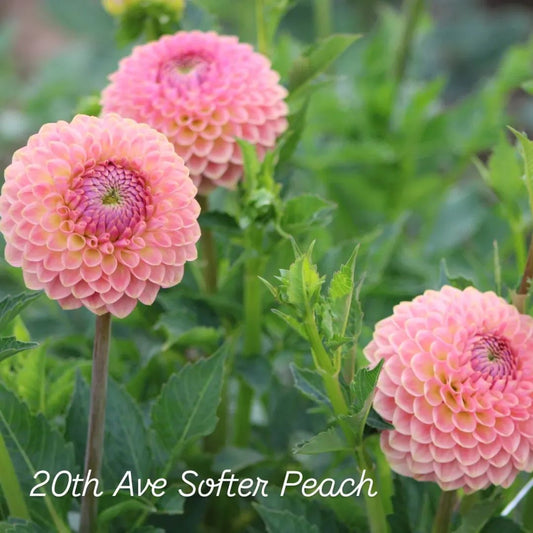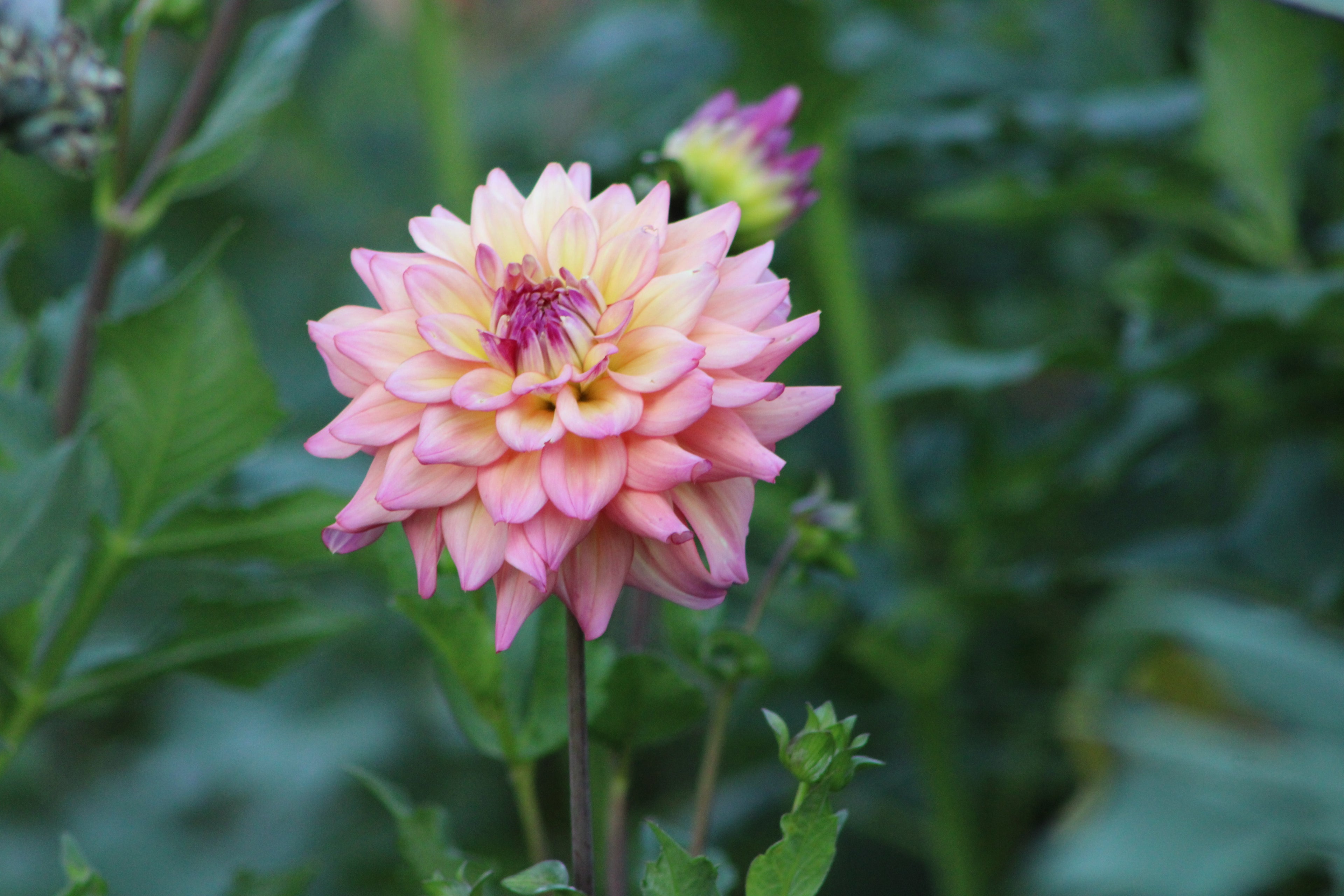
DAHLIAS from our garden to yours!
Featured products
-

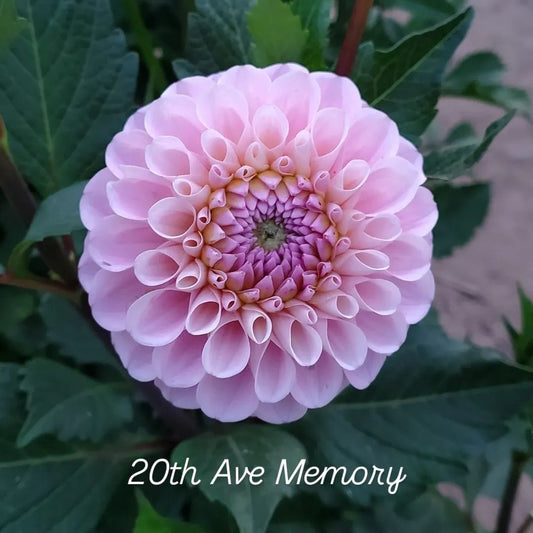 Sold out
Sold out20th Ave Memory Ball Dahlia
Regular price From $20.00 USDRegular priceUnit price / per$22.00 USDSale price From $20.00 USDSold out -

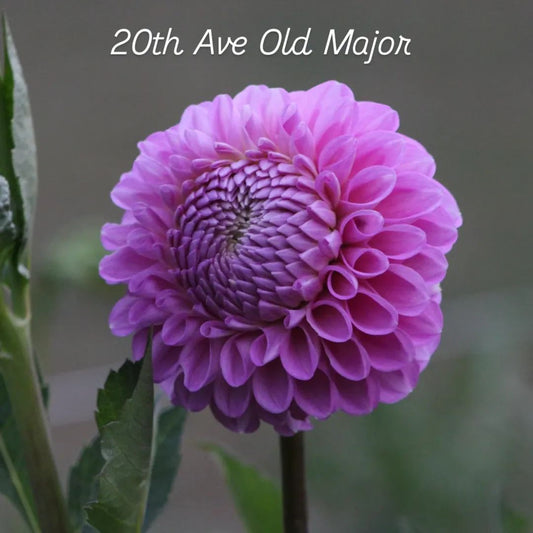 Sold out
Sold out20th Ave Old Major Ball Dahlia
Regular price From $20.00 USDRegular priceUnit price / per$22.00 USDSale price From $20.00 USDSold out -
20th Ave Softer Peach Formal Decorative Dahlia
Regular price $22.00 USDRegular priceUnit price / per$22.00 USDSale price $22.00 USDSold out -

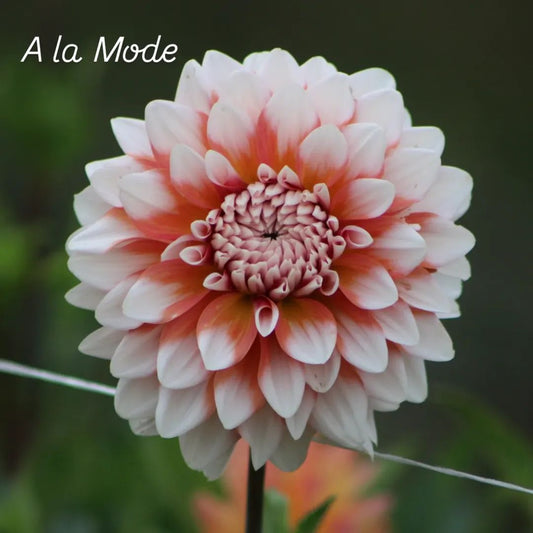 Sold out
Sold outA la Mode Formal Decorative Dahlia
Regular price $12.00 USDRegular priceUnit price / per$12.00 USDSale price $12.00 USDSold out -
 Sold out
Sold outAC HWY 61 Decorative Dahlia
Regular price $14.00 USDRegular priceUnit price / per -

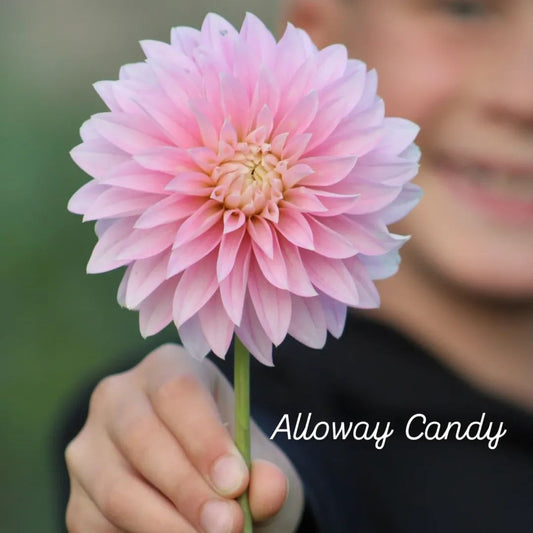 Sold out
Sold outAlloway Candy Stellar Dahlia
Regular price $12.00 USDRegular priceUnit price / per$12.00 USDSale price $12.00 USDSold out -

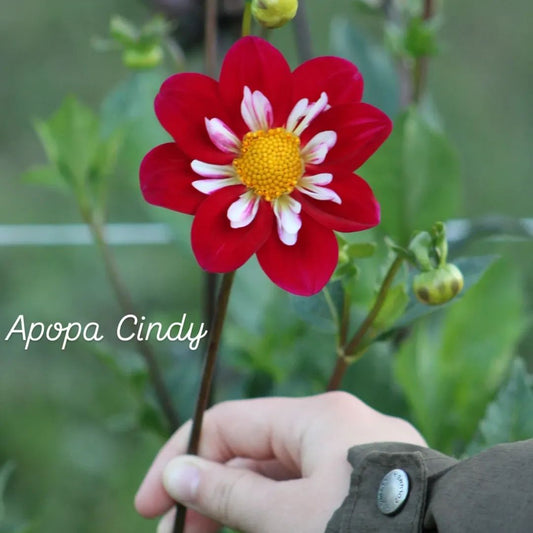 Sold out
Sold outApopa Cindy Collarette Dahlia
Regular price $12.00 USDRegular priceUnit price / per -
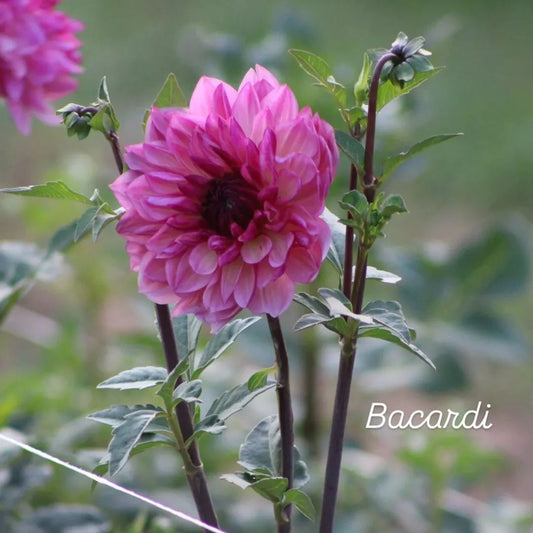
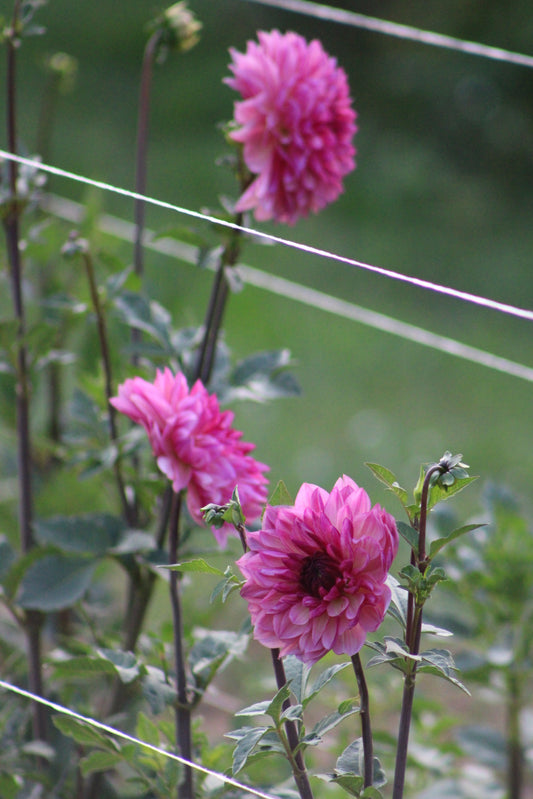 Sold out
Sold outBacardi Informal Decorative Dahlia
Regular price $14.00 USDRegular priceUnit price / per$18.00 USDSale price $14.00 USDSold out
About Our Dahlia Garden
About TB Dahlias – Dahlias in Cadillac, Northern Michigan


Why Cadillac is Dahlia Heaven
1. Cool, Consistent Climate
Cadillac sits within Michigan’s Fruit Belt—a microclimate moderated by Lake Michigan. Winters are cold enough to meet dahlia dormancy needs, while summers are mild and sun-rich, ideal for sustained blooming. Local growers note that dahlias flourish May through October, avoiding heat stress and frost damage.
2. Rich, Well‑Drained Soil
The region has naturally fertile, loamy soil—ideal for dahlias—with excellent drainage when amended with organic matter. Dahlias demand slightly acidic to neutral soil (pH 6.5–7.0), enriched with phosphorus and potassium—values Cadillac soil meets with proper composting .
3. Perfect Sun & Temperature Cycles
Dahlias thrive on 6–8 hours of full sun and moderate night temps. Cadillac’s growing season aligns with optimal tuber growth, bloom expansion, and lower pest stress compared to hot southern zones.

TB Dahlias: Our Cadillac Advantage
- Strategic Planting Window: We plant in mid-late May, post-last frost, allowing tubers to establish before the peak of summer—maximizing bloom quality.
- Field‑to‑Tuber Integrity: Each plant is labeled with a smart 4-character Plant ID, tracked digitally for growth transparency—and only the strongest specimens are harvested.
- Sustainable Practices: We maintain soil fertility via compost and balanced nutrient profiles—especially phosphorus and potassium—for robust, long-lasting blooms.
- Seasonality & Care: After first frost in late October, we lift, clean, and store tubers at optimal temperatures (~45°F), preserving them for next season’s replanting, just like community growers across Michigan.

Why It Matters to You
- Higher‑quality blooms—deep color and strong stems come from optimal growing conditions.
- Long vase life & performance—cool nights enhance stem strength and flower longevity.
 Does the size of the Dahlia tuber matter???
Does the size of the Dahlia tuber matter???
When it comes to dahlia tubers, size isn’t what makes the magic happen — structure does! Whether a tuber is big or small, what truly matters is that it has a solid neck and crown, where new growth begins. A plump, oversized tuber without these features won’t produce a plant, while even a small, well-formed tuber can grow into a lush, vibrant dahlia bursting with blooms. So don’t judge by looks - judge by its quality and potential!
 ANATOMY OF A DAHLIA TUBER
ANATOMY OF A DAHLIA TUBER
On a dahlia tuber, the neck and crown are two of the most important parts to identify — they’re what connect the tuber to next season’s growth.
• Crown: The crown is the thicker, top part of the tuber where it was attached to the main plant from the previous season. This is where the eyes (the tiny buds that sprout new stems) form. It often looks a little rough or woody compared to the smooth skin of the tuber.
• Neck: The neck is the narrow section that connects the tuber body to the crown. It’s like a small “stem” between the two. A strong, intact neck is essential — if it’s broken off or damaged, that tuber can’t send energy to the new growth and won’t sprout.
• Body/Base: The lower, swollen part of the tuber that stores energy — sometimes just called the tuber itself.
In short: the crown holds the eyes, the neck connects the tuber to the crown, and the tuber itself stores the energy that fuels new growth. When selecting or dividing dahlias, always make sure each piece has a firm neck and an attached section of crown with at least one visible eye.
 Keeping It Clean: Proper Sanitizing Techniques for Healthy Dahlias
Keeping It Clean: Proper Sanitizing Techniques for Healthy Dahlias
Sanitizing garden tools between every snip when working with dahlia plants is essential for maintaining healthy stock and preventing the spread of disease. Dahlias are highly susceptible to bacterial and viral infections, which can easily be transferred from plant to plant through contaminated tools. Even a small trace of sap on pruners or knives can carry pathogens that infect healthy tubers or stems. To protect our plants, we thoroughly disinfect our tools using disinfectant wipes and bleach water between every cut and before starting to divide a new plants tubers. This extra step helps ensure that each dahlia remains healthy, strong, and ready to produce beautiful blooms year after year.
Trina’s Best Practices
- Pre-sprout tubers indoors 2–3 weeks before planting to avoid rot and accelerate growth.
- Pinch plants when they reach 12–16" tall to encourage bushier, stronger stems and more blooms.
- Stake early—add support at planting to prevent damage once plants are tall and heavy.
- Deadhead regularly to encourage continuous flowering throughout the season.
- Fertilize properly: Use a low-nitrogen, bloom-boosting fertilizer such as 5‑10‑10. This supports root strength and flower production without overproducing foliage.
- Avoid overwatering—tubers hate wet feet. Ensure well-draining soil and water only when needed.
- Rotate planting locations annually to reduce risk of pests and soil-borne diseases.
- Label each plant clearly to track performance and color—especially helpful for saving and dividing tubers.
- Store tubers properly after harvest: cure them for 5–7 days in a dry, dark place, then store in peat moss at 40–45°F, checking monthly for rot or dehydration.






